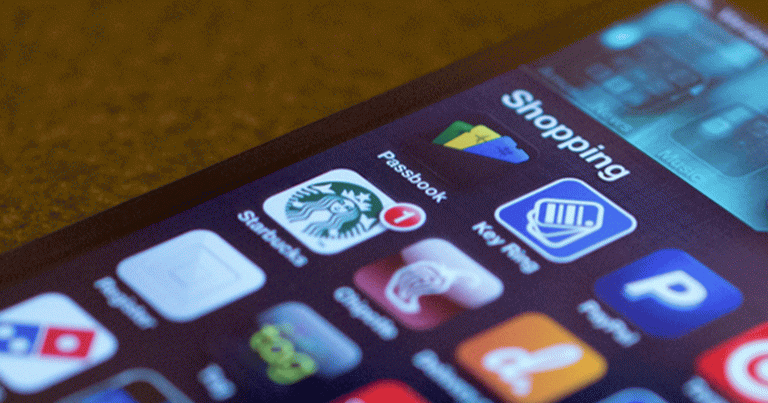
07/17/2014 | Digital Experience and Mobile | Thought Leadership
Loyalty is almost entirely based on emotion, not intellectual assessment of features and benefits. This is especially true in marketing, where brands have – for decades — chosen emotional appeals to consumers over working to establish competitive differentiation in the market. Whether a brand is appealing to a consumer’s sense of community, charitable nature, vanity, or desire to fit in, emotion is what drives successful campaigns.
Today’s technologies are changing how marketers engage with consumers on an emotional level. Traditional marketing techniques – such as coupons — are finding new life. Using new and freely available technology tools, customers can get web-based coupons scanned at checkout or sent to them to use when they are in a store. Loyalty programs are growing in sophistication too, with concepts like gamification being applied to ecommerce sites to encourage customers to earn points and rewards for return visits, exploration of new products, recommendations and purchases. The most successful programs create habituation in the customer’s life, driving long-term program engagement.
The best way to drive emotional engagement with your brand is through mobile.
The average smartphone user looks at his or her phone 150 times per day, more than ten times per waking hour. 83% of millennials report sleeping with a phone within arm’s reach. Mobile users are, in essence, in a relationship with their devices, habituated to them both physically and emotionally. For marketers, therefore, mobile can deliver frequent, emotionally-rich, two-way interactions that can’t be matched by any other platform.
Additionally, smartphones are already location, context and time-aware, allowing for customization of the experience and effective targeting of alerts and notifications. Companies investing in mobile are well positioned to benefit from the growth of leading-edge technologies such as new sensors and wearables, which will add even more nuanced data to customer profiles.
However, taking full advantage of these opportunities is also more challenging than ever. Customers are increasingly aware that they provide copious personal data to their favorite brands and they expect it to be used to encourage and reward their loyalty in a manner they value. Companies that fail to anticipate customers’ needs look out of touch – or worse – as though they don’t care. The high emotional stakes cut both ways, resulting in an app that won’t last long on a customer’s device if its owner feels like it’s a useless distraction or gets in the way of the experiences they really care about.
So, what do companies need to know in order to launch or expand successful mobile-loyalty programs?
Here are four key considerations:
1. Keep things simple.
The most successful mobile experiences are often the simplest, and this maxim applies at all phases of a project, from program design to mobile UX. It’s exceptionally difficult to create a simple mobile experience for a complex program, so be ruthless in cutting non-essential elements. Ask yourself whether a customer could easily explain the value proposition to a friend. This discipline will pay off in increased word-of-mouth recommendations and better usability.
2. Focus on engagement, not profitability.
It’s important to be generous on many levels, but it’s critical not to be greedy. Nothing sabotages loyalty faster than a program that feels cheap or entirely self-serving to the brand. Loyalty programs should not be designed to be instantaneously profitable; the appropriate measure of return on investment is customer lifetime value.
On the design side, this means respecting the increased difficulty of text input on mobile compared to other interfaces. Avoid form pages that are long, don’t ask for information you don’t really need, and try to give the customer something in return for every input you request.
3. Reward in ways that make sense to the consumer.
Make sure rewards are connected in a natural way to the relationship and have an appropriate emotional tone. For example, a hair stylist might give a loyal customer a coupon for a massage therapist who works at the same facility, but it would seem out of place if a food truck gave the same reward.
Remember that rewards don’t always have to be monetary or product-based. What about time, exclusivity or choice? Consider whether there are ways to offer different customizations of a product to your most loyal customers, a perk that isn’t available to casual customers. What about early access to a new offering or a membership to a customer advisory group? As emotional connections deepen, monetary incentives actually become less appropriate. Friends don’t expect payment for favors.
4. Employ variable reward schedules and customized content.
Uniqueness reinforces emotional bonds. People feel more connected when they know their version differs from everyone else’s. This can be achieved either by adding an element of randomness or by offering meaningful choices to the customer within the experience. Random elements can inspire deep, even obsessive engagement as users attempt to figure out the details of the system. Gamification programs are built on the principle that people love opportunities to employ choice and strategy.
Mobile loyalty programs offer almost endless possibilities for marketers to engage with consumers and increase brand awareness and affinity. Using these four simple guidelines as the start of your mobile strategy will lay the groundwork for a mutually beneficial relationship between your brand and your most important asset – your customers.




